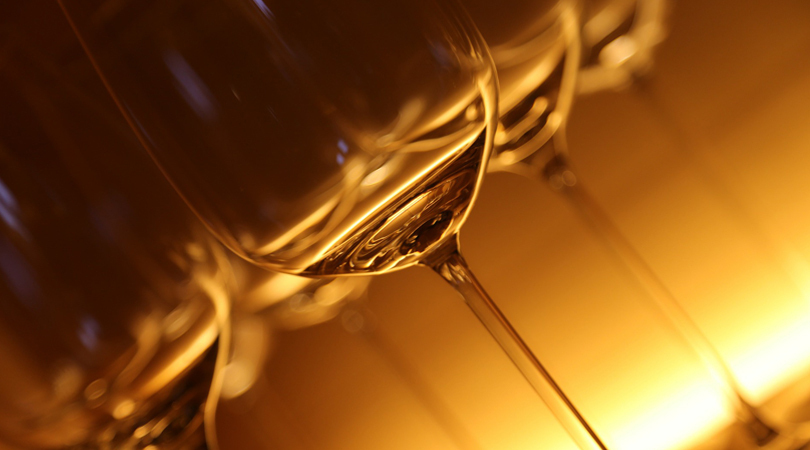
Focus: Shifting Alcohol Consumption Trends
Joseph Morgan

The trend of healthy lifestyles has influenced and reverberated to the beer and spirits industry. Consumers are opting for premium forms of alcohol but also drinking less alcohol overall, by taking a ‘less but better’ approach and preferring ‘quality over quantity’. This move-up in quality trend can be captured with one of our core investment ideas.
The rising consumption of spirits in the beer-wine-spirits mix points to the shift towards premium alcohol. The alcohol beverage segment with the most dynamic growth in Europe is the premium ‘plus’ spirits, such as gin and whiskey. However, in the US there is growing consumption of tequila, India: whiskey and China: baijiu and cognac. Even in Brazil, a struggling economy, consumption of premium ‘plus’ spirits increased by 13% in 2018.
Moreover, the demanding millennials demographic is pushing beer and spirits companies to search for the best ingredients, cut calories on the nutrition label, innovate with exciting flavors and unique bottle styles while taking the risk of testing the market with new products. A few companies have been successful in introducing new variations that have resulted in an uptick in demand and therefore profits. These variants have even been able to stir demand for spirit categories that are falling out of favor, such as vodka and rum.
Declining consumption of mainstream beer, which is largely considered heavy and calorie dense, proves the health consciousness approach of the current consumer generation. Within the US, per capita consumption of mainstream beer per year fell from ~83 litres in 2000 to ~80 litres in 2010 to ~73 litres in 2017. Instead, craft beers are rising in popularity as consumers place a greater emphasis on high-quality production methods and beers with local connections or stories.
Every large beer producer is placing greater emphasis on the premium craft beer and no/low-alcohol beer segment to improve their revenue growth prospects. Some are even beginning to make acquisitions in the spirits segments as well. This indicates that the industry is aware of these changing sentiments, and we think this trend presents an interesting investment opportunity.
Additionally, low and no alcohol beers, which were almost non-existent 10 years ago, are becoming more common and the category is predicted to continue to grow.
As consumers continue their pursuit for the best and move-up in quality, demand for premium ‘plus’ liquor will likely grow. Companies with the best brand recognition and leading innovation will likely benefit the greatest. We have selected a long-term core investment that we believe is in a strong position to benefit from these trends.


